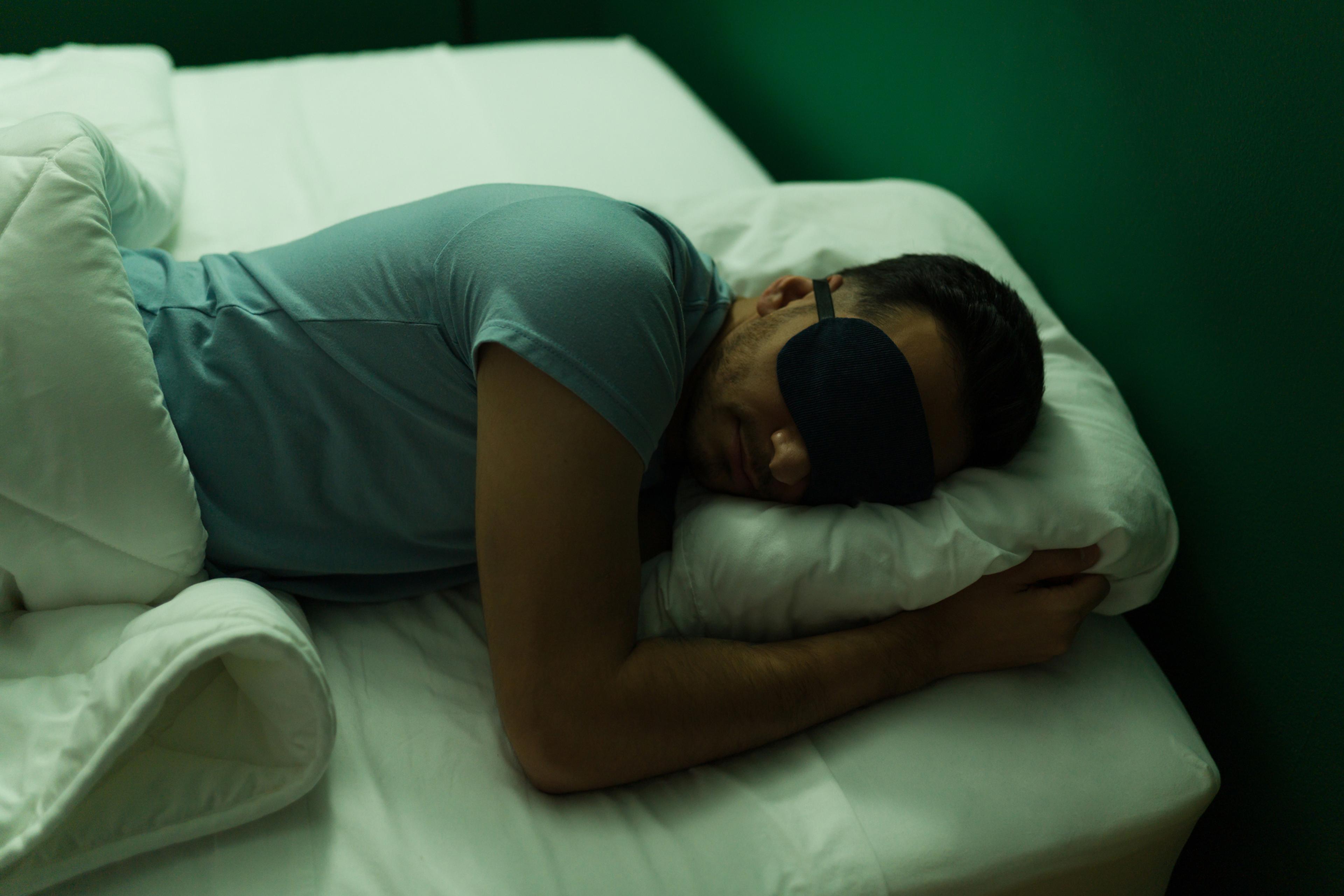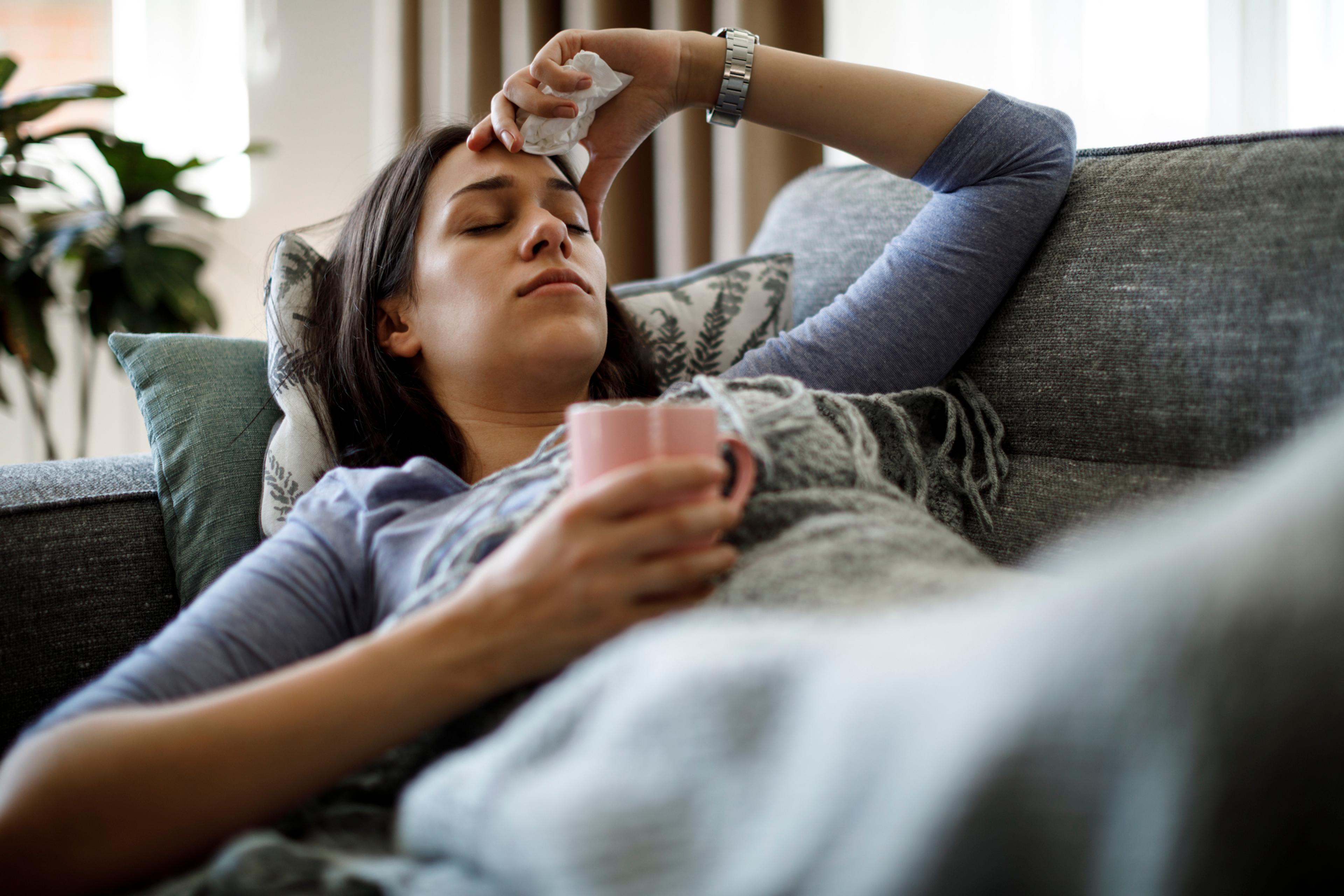The Benefits of Sleeping in a Dark Room
Jake Newby
| 4 min read

Some of us have no problem taking a nap in broad daylight or falling asleep with the television on. Others struggle to doze off if their bedroom isn’t pitch black.
Even if it’s easy for you to sleep while exposed to natural or artificial light, you may want to consider blacking it all out for the sake of your overall health. Bedroom light exposure can not only hinder your ability to hit your recommended eight hours of sleep per night, but it can also be detrimental to your overall physical and mental health.
How light affects the sleep-wake cycle
Circadian rhythm is an internal clock that governs our bodies. It signals when to feel awake and when to feel tired. Light represents the biggest external obstacle between being awake and falling asleep; when exposed to it at the wrong times – like before bed – it can disrupt circadian rhythm. Many of us can attribute this disruption to the artificial light we expose ourselves to before bed, in the form of smart phones, tablets, laptops and TVs. Even passing cars or a nearby streetlight outside our window can intrude and pose a disruption.
Disruptions of circadian rhythm aren’t the only way our bodies are thrown off by light at night. Darkness stimulates the pineal gland located deep in the brain to produce melatonin, which is a serotonin-derived hormone that promotes sleepiness. Light exposure inhibits that process, thus blocking melatonin production and providing another barrier between us and sound sleep.
How light at night affects us during sleep
In 2022, sleep researchers at Northwestern University's Feinberg School of Medicine found that exposure to even small amounts of ambient light during the night can harm cardiovascular function while sleeping and increase insulin resistance the next morning. The study demonstrated that even a single night of exposure to moderate room lighting while asleep can impair glucose and cardiovascular regulation, which are risk factors for the following conditions:
- Diabetes
- Heart disease
- Metabolic syndrome
- Obesity
A 2018 study examining night-shift worker participants also found a relationship between exposure to light at night and dysregulated glucose, which may not only lead to an increased risk for metabolic syndrome, but obesity.
Chronic exposure to light can be detrimental to our mental states, as well. Nighttime light can lead to increased symptoms of insomnia, depression, according to new research published in 2023, which emphasized the need for decreased use of smart devices before bed to protect mental well-being. The study found a correlation between light at night and conditions such as insomnia, depression, and anxiety, all of which were prominently affected by imbalances in light exposure. Among participants in this study, excessive nighttime light exposure specifically led to a 20% increase in symptoms associated with this list of psychiatric disorders.
Too much light at night can disturb sleep, impair melatonin production, and misalign the body's circadian rhythm, as previously mentioned. Each of these conditions are commonly associated with depression.
The benefits of sleeping in complete darkness
Since natural and artificial have a negative impact on a good night’s sleep and sound health, it’s easy to surmise that sleeping in a dark room can improve health outcomes and sleep quality by regulating the production of melatonin. Synchronizing your body's natural sleep-wake cycle can potentially prolong your life.
With that in mind, here are ways to reduce light exposure and darken your bedroom environment when you’re trying to wind down at night:
Cover windows with blackout curtains: Blinds have gaps that allow light to leak through, so blocking sunlight and artificial light with the extra layer of protection provided by blackout curtains can allow you to sleep in near-total darkness at any time.
Wear an eye mask: If it’s not possible to completely block light from entering your bedroom, wearing an eye mask can help. Research suggests that light penetrates the eyelids, thus blocking the production of melatonin.
Choose dim lights: If you need to have a light on for whatever reason, always use a dim light. If you have bright overhead lights in your bedroom, consider switching to dim ambient lighting in the hours before bedtime. And if you or a member of your family sleeps with a nightlight, be sure it is dim as well, and store it as far away from the bed as possible.
Choose the right-colored light: If you must have light on, some hues are better than others. According to Northwestern Medicine, you should choose a nightlight that emits only amber, red or orange light, all of which are less stimulating for the brain. Keep these as far away from you as possible while sleeping. White and blue light are the worst options.
Stop using electronics at least 30 minutes before bed: Many of us make it a habit to scroll through our phones or watch a show to induce sleep, but these sources of artificial lighting can be detrimental for the many reasons listed above. Stow all electronics – including charging stations and other sources of light – away and out of sight before bedtime.
Read more:
- How to Get More REM Sleep
- Do Over-the-Counter Sleep Aids Work?
- Is It Better to Sleep Without a Pillow?
Photo credit: Getty Images





